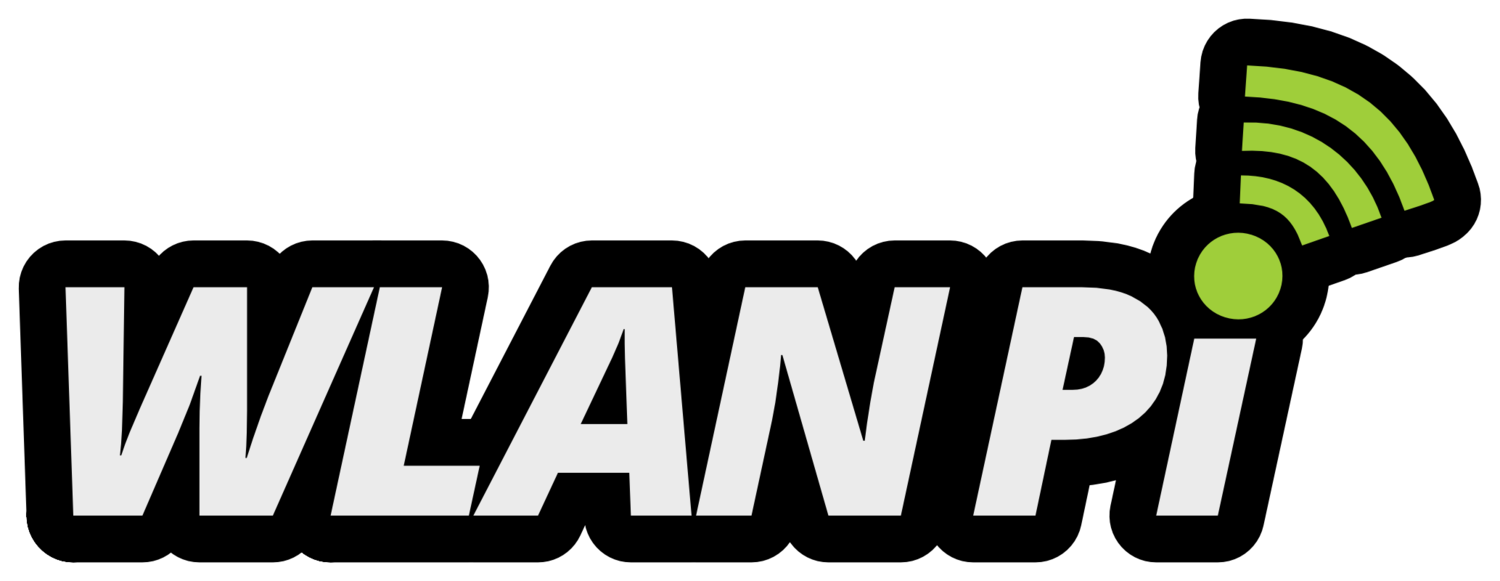Conformance
WLAN Pi Go Compliance
The WLAN Pi Go has been evaluated for conformance with applicable regulatory requirements for electromagnetic compatibility, RF exposure, and product safety. Testing has been performed by accredited laboratories in accordance with FCC rules and international standards.
Product Safety
The WLAN Pi Go has undergone safety evaluation to confirm compliance with applicable international and national standards (e.g., IEC/UL 62368-1). These tests assess electrical, thermal, mechanical, and fire safety risks to ensure safe use of the product under normal and fault conditions.
Download Safety Test Report
Electromagnetic Interference (EMI)
The WLAN Pi Go has been tested and verified to meet the requirements of FCC Part 15, Subpart B for Class B digital devices. These tests confirm that the product does not cause harmful interference and is resistant to interference from other electronic devices, ensuring safe operation in typical home and office environments.
Download EMI Test Report
RF Exposure and SAR Compliance
This device is designed to operate in the 2.4 GHz, 5 GHz, and 6 GHz Wi-Fi bands, but its active transmission functionality is restricted as follows:
2.4 GHz and 5 GHz Bands
The WLAN Pi Go transmits with a maximum duty cycle of 2.2% and low average transmit power:
- 2.4 GHz: 22 mW average
- 5 GHz: 9.5 mW average
Under FCC KDB 447498 D01 v06 Section 4.3.1, these transmissions are exempt from SAR testing at a standard separation distance of 5 mm.
View KDB 447498 D01 (FCC site)
6 GHz Band
The device does not transmit in the 6 GHz band. Although it is capable of passive scanning for Wi-Fi signals in this range (receive-only), all transmission functionality is disabled in production firmware to ensure full conformance with FCC SAR regulations, which do not permit SAR testing exemptions for 6 GHz operation.
The WLAN Pi Go does not operate in any non-compliant RF mode.
Complete RF exposure documentation is available here
